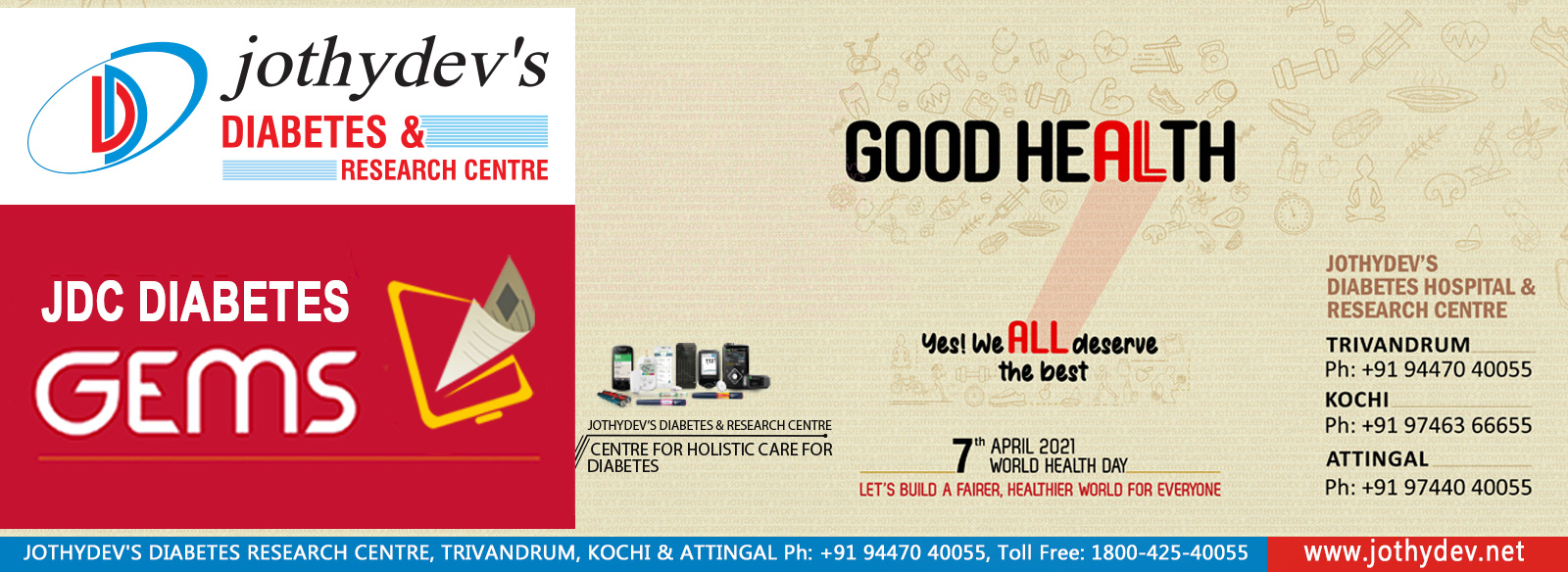1. Artificial Pancreas closely links Time-in-range to glycaemic control in T1D

The management of type 1 diabetes (T1D) is always a challenge and the percentage of children with T1D who are successful in achieving the prescribed targets is less. During the past few years, there has been a consistent increase in the use of Closed Loop Control (CLC) systems or Artificial Pancreas that utilizes CGM data and a predictive algorithm to automatically adjust basal insulin delivery and in some instances to provide automated correction boluses to increase Time-in-range (TIR). With the advent of novel technologies, TIR has evolved as a new predictor for glycaemic control. A recent study published in Diabetes Technology & Therapeutics revealed that the “baseline” (refers to the time period before initiating CLC) TIR can be considered as the strongest predictor of glycaemic response along with CLC in children with T1D.
The study analyzed data from 100 children aged 6-13 years with T1D who were randomized in a 3:1 ratio to use CLC on a Tandem t:slim X2 insulin pump with Control-IQ Technology and a DexCom G6 CGM (n = 78) or Sensor Augmented Pump (SAP) (n = 22) for 16 weeks. This randomization phase was followed by a 12-week extension phase, during which the SAP group transitioned to CLC and the CLC group continued the same. Continuous glucose monitoring data were collected at baseline and during 12-16 weeks of CLC use. Participants were stratified into quartiles of TIR on CLC to compare clinical characteristics and to tabulate the data.
The study demonstrated that those with the lowest TIR at baseline were the ones who improved TIR the most, but ultimately those with the highest TIR at baseline were those who had the highest TIR on CLC. The data on system engagement serve as a reminder that hybrid CLC systems are likely to provide greater TIR with greater user interaction, including user-initiated boluses for carbohydrate intake and correction of elevated blood sugar.
For enquiries info@jothydev.net.
Please visit: jothydev.net | research.jothydev.com | diabscreenkerala.net | jothydev.com/newsletter

